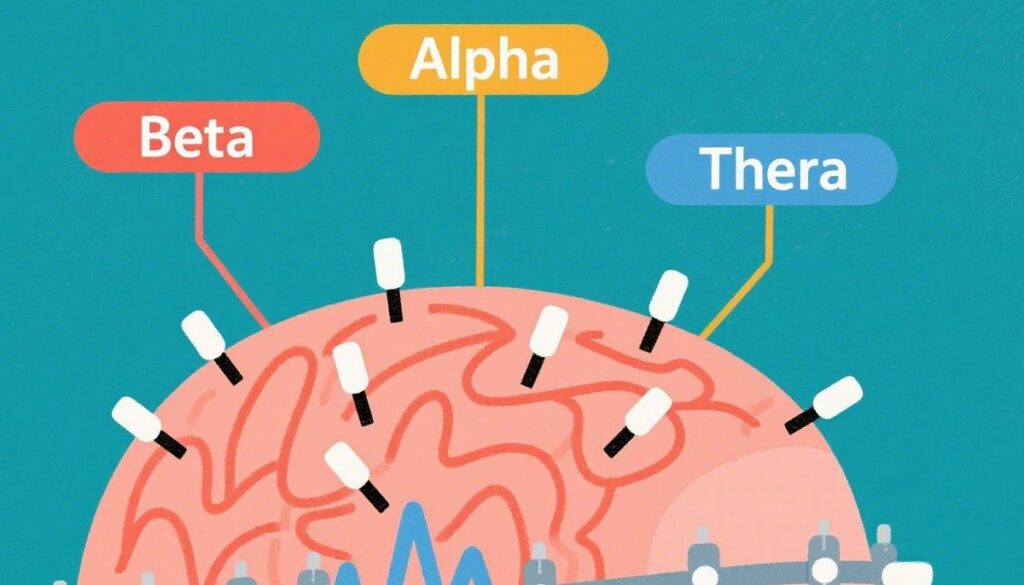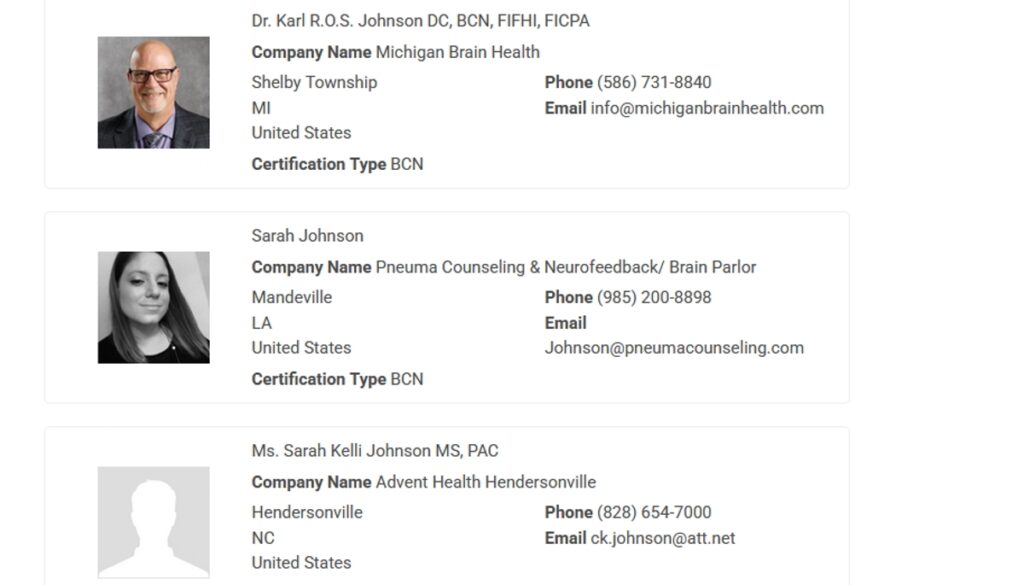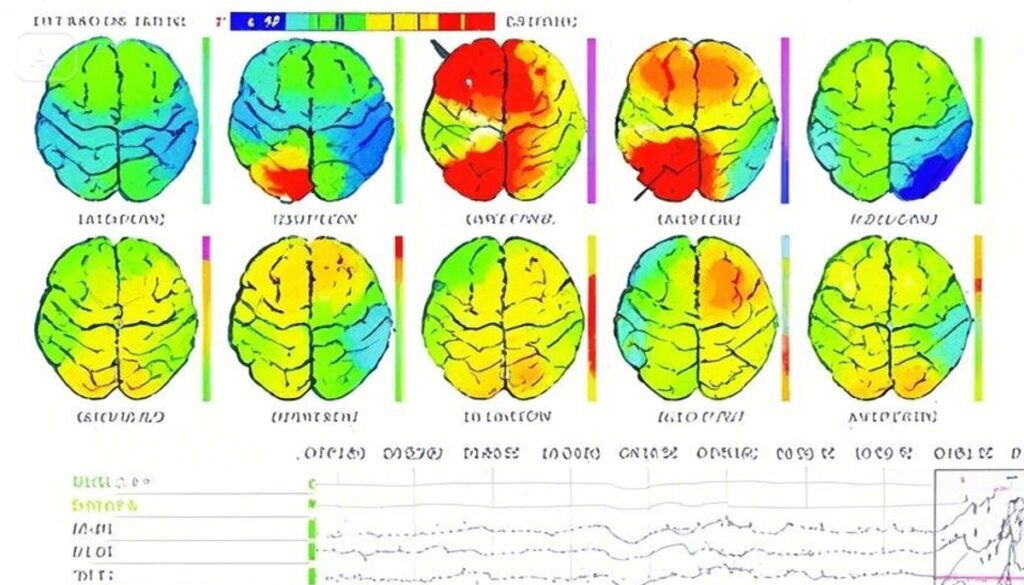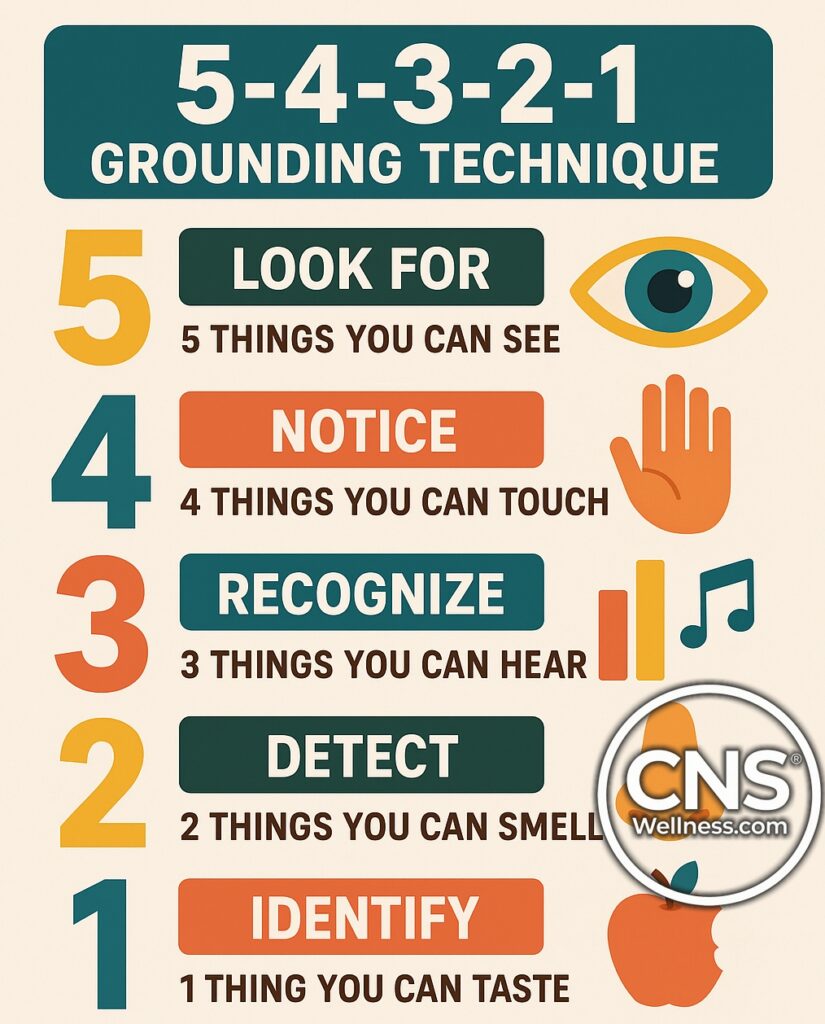Neurofeedback can disrupt mental health if mismanaged. I experienced anxiety, brain fog, and depersonalization after 12 sessions. Risks include untrained practitioners and underlying conditions. Recovery involves therapy, lifestyle changes, and time. Always vet providers and get a QEEG first. [See my recovery plan below.]

Why I’m Writing This
I tried neurofeedback in 2023 to manage anxiety, hoping for a non-drug solution. Instead, after 12 sessions, I faced debilitating brain fog, panic attacks, and a sense of disconnection. My story isn’t unique, Reddit threads and blogs echo similar struggles. But I’ve recovered 80% through therapy and self-care, and I’m sharing my lessons to help you avoid my mistakes or heal if you’re hurting.

What Is Neurofeedback? A Simple Breakdown
Neurofeedback uses EEG to monitor brainwaves, training you to adjust them via visual or audio cues (e.g., a video game). It’s used for ADHD, PTSD, and anxiety, leveraging neuroplasticity. But it’s not foolproof—wrong protocols or untrained practitioners can disrupt brain function.

My Neurofeedback Experience: What Went Wrong
I started neurofeedback at a local clinic, drawn by promises of better focus. The practitioner used a standard beta-theta protocol without a QEEG baseline. After session 5, I felt irritable. By session 12, I had:
- Brain Fog: Couldn’t focus on simple tasks.
- Anxiety Spikes: Panic attacks hit daily.
- Depersonalization: Felt detached, like I wasn’t myself.
I later learned my practitioner wasn’t certified, and my undiagnosed bipolar traits worsened the effects. A 2023 study in Frontiers in Psychiatry notes improper protocols can overstimulate neural networks, causing emotional dysregulation.
10 Lessons to Avoid or Recover from Neurofeedback Risks
Here’s what I learned the hard way, with actionable steps to protect or heal yourself:
1. Vet Your Practitioner Ruthlessly
Untrained providers can misapply protocols. My practitioner skipped QEEG, which a 2021 Journal of Neurotherapy study says is critical for safety. Check for BCIA (Biofeedback Certification International Alliance) credentials.
Action: Search BCIA’s practitioner list (link: BCIA.org). Ask for their training history.

2. Demand a QEEG Baseline
A QEEG maps your brainwaves to tailor treatment. Without it, you’re flying blind. My clinic didn’t offer one, leading to overstimulation.
Action: Insist on a QEEG before starting. Expect to pay $200-$500.

3. Know Your Mental Health History
Undiagnosed conditions like bipolar or PTSD can worsen with neurofeedback. I missed this, and it amplified my symptoms.
Action: Consult a psychiatrist before starting. Share your full medical history.
4. Monitor Side Effects Early
Headaches, fatigue, or mood swings can signal trouble. I ignored early irritability, assuming it was normal.
Action: Keep a daily symptom log. Stop sessions if side effects persist beyond 2 days.
5. Avoid Overtraining
Too many sessions too fast can overwhelm your brain. My 12 sessions in 4 weeks were excessive.
Action: Limit to 1-2 sessions weekly. Discuss pacing with your provider.
6. Seek Therapy for Recovery
Cognitive behavioral therapy (CBT) helped me manage anxiety spikes. A 2022 Journal of Clinical Psychology study supports CBT for neurofeedback side effects.
Action: Find a CBT therapist via PsychologyToday.com. Expect $100-$200 per session.
7. Prioritize Sleep and Nutrition
Poor sleep worsened my brain fog. I started a sleep routine and cut sugar, which helped.
Action: Aim for 8 hours of sleep and a diet rich in omega-3s (e.g., salmon, walnuts).
8. Try Mindfulness and Grounding
Meditation reduced my panic attacks. A 2020 Mindfulness study confirms its benefits for emotional regulation.
Action: Use apps like Headspace (link: Headspace.com). Start with 10 minutes daily.

9. Be Patient—Recovery Takes Time
My symptoms eased 80% after 6 months. Neuroplasticity works slowly but steadily.
Action: Set realistic recovery goals (e.g., 10% improvement monthly). Track progress.
10. Explore Alternatives Carefully
I tried HRV biofeedback later, which felt gentler. Research alternatives before jumping in.
Action: Read my post on biofeedback vs. neurofeedback [link]. Consult a neurologist.
My Recovery Journey (Write Others Like This)
After stopping neurofeedback, I felt lost. Daily panic attacks and brain fog made work impossible. I moved back with my parents, a low point. But I built a recovery plan:
- CBT Therapy: Weekly sessions helped me reframe intrusive thoughts. My therapist taught grounding techniques, like the 5-4-3-2-1 method.
- Sleep Routine: I used a white noise machine and avoided screens before bed. Sleep improved within 2 weeks.
- Diet Shift: I added omega-3 supplements and cut caffeine. My focus slowly returned.
- Meditation: 10-minute Headspace sessions calmed my racing mind.
Six months later, I’m 80% better. I still have off days, but I’m working again. Recovery isn’t linear, but it’s possible.

Common Side Effects,
How to Spot Bad Practitioners
Science Behind the Risks
Stories from Others
When Neurofeedback Works
Long-Term Outlook